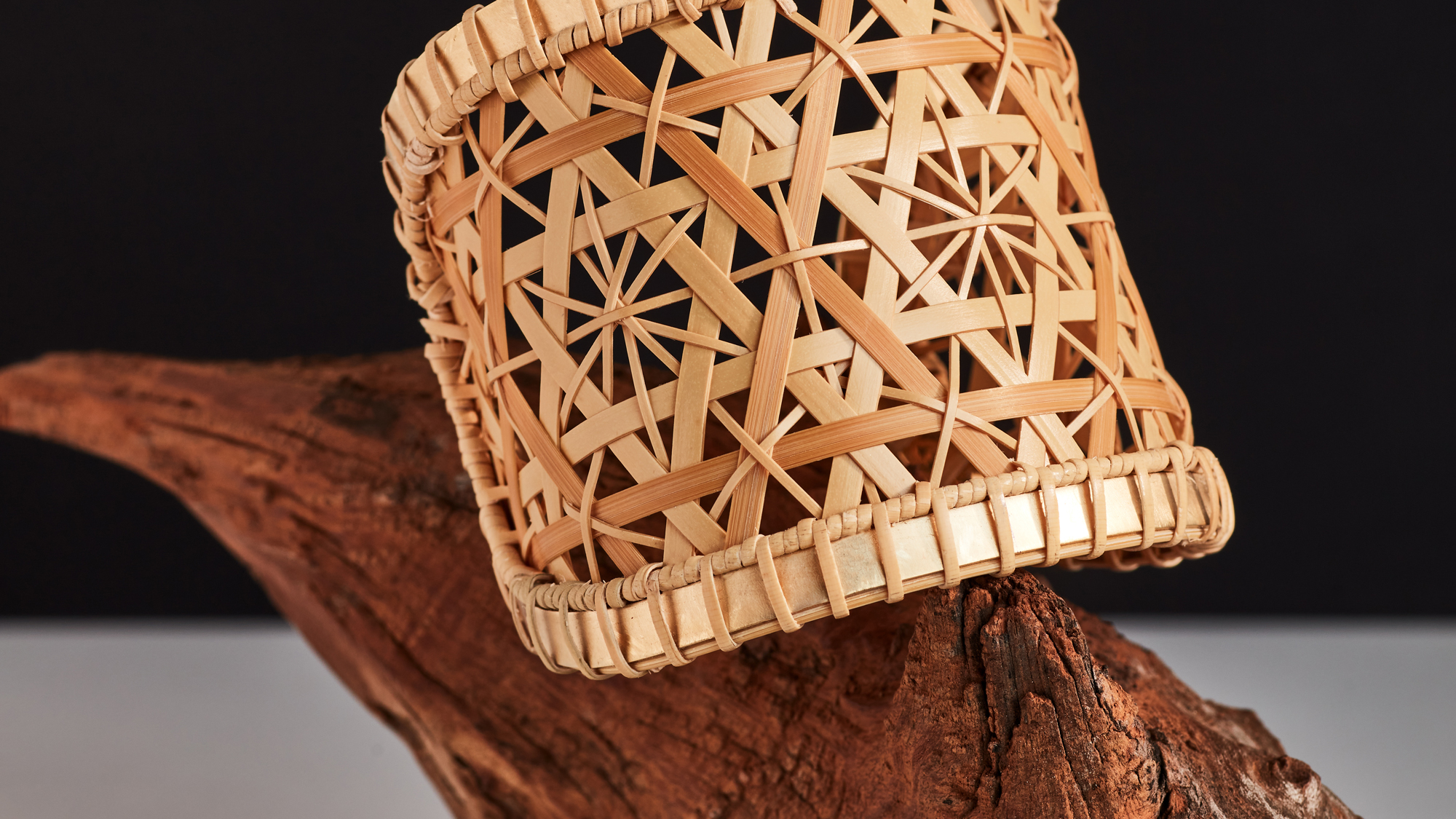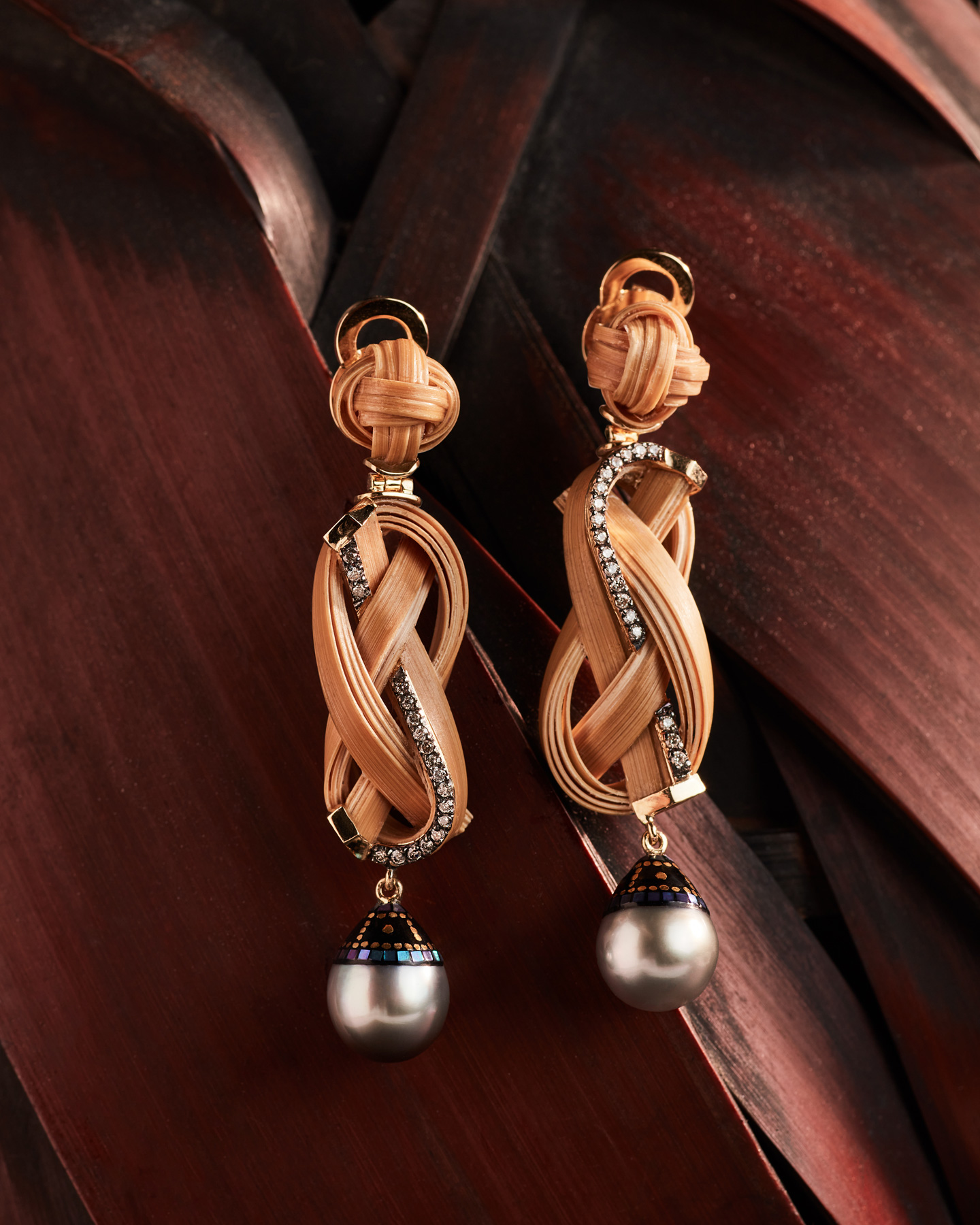PRESS
For all enquiries
press@silviafurmanovich.com

The Amazonia Bamboo collection celebrates centuries-old techniques of bamboo weaving and basketry. Unique for its resilience, flexibility and durability, bamboo has permeated everyday life in Japan and has been used for thousands of years by artists to create intricately woven objects.
Officially a subfamily of grasses, bamboo can grow half a meter a day. They live for about 20 years, but the underground root system continues to grow and produce new shoots, so they in essence live forever. They mature from shoot to full size in just two to three months. It is very different from trees, which take years to grow.

The central technique used throughout the collection is weaving. Strands of bamboo are cut and sliced, often into exquisitely thin strands. The natural material submits to spectacular skill and structural concepts. Furmanovich has collaborated with a number of different artists with knowledge involving long periods of apprenticeship with masters and disciples. She was very inspired by the way artisans have elevated those objects from craft level to art form. The woven pieces of bamboo in the collection are then set in18k gold with a variety of precious gemstones, including South Sea pearls.

More than 600 species of the bamboo plant grow in Japan. Furmanovich has visited several bamboo craftsmen in Beppu, located on Kyushu Island, where she inspected the weaving techniques of Japanese bamboo artisans.
“The most famous examples from the masters of bamboo weaving come from this place,” she says.


Silvia's sketchbook
The cultivation of the plant is a family affair, with generations of bamboo growers keeping the tradition alive. After a shoot is planted, it can’t be harvested for four years. The drying process takes another three years, and then each rod is coated to protect it from humidity.
Very thin strips—some just one millimeter—are used for weaving and are straightened on specialty handmade machines. The pieces are then soaked in hot water for half a day to make them flexible enough to bend.
Artists then weave and knots together by hand to form the shape of each piece, a process that can take up to two hours, depending on its complexity. The smallest knots are, of course, the most difficult to create.
Special natural pigments, made specifically for bamboo and manufactured by a family in Japan, are used to dye each item. Furmanovich uses red, navy blue and green but has also preserved the warm natural color of the plant in several pieces.
Once the bamboo has been bent and woven, it’s dipped into boiling water that contains the pigment. The plant is porous, so it absorbs the dye, and even if you leave your earrings out in the sun, the color won’t fade. The pieces are then finally set in 18k gold with diamonds and other precious gemstones.

Known for exploring new materials in jewelry, Brazilian designer Silvia Furmanovich's latest collection, featuring the use of Amazonia Bamboo, is perhaps her most pioneering.
Jill Newman